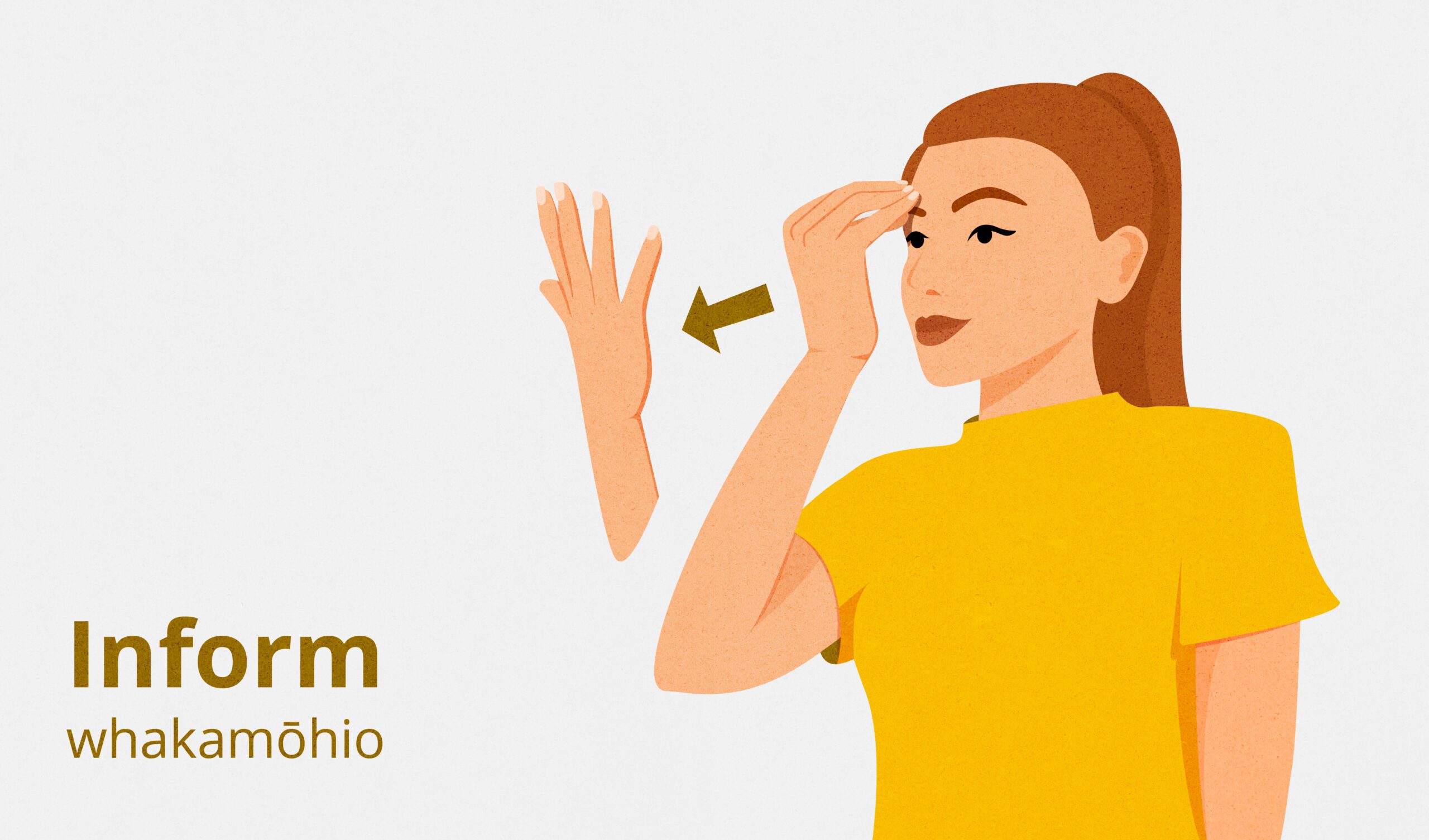It’s New Zealand Sign Language (NZSL) Week! So we thought we’d take this chance to share that we’ve been collaborating with the team over at NZSL Online Dictionary, exploring ways to make the Dictionary even more useful for NZSL users and learners. The theme for NZSL Week 2023 is “together we can make NZSL thrive”. In the spirit of the theme, we’re proud to do our part to support this vibrant official language.

The NZSL Dictionary has two products: the NZSL Online Dictionary website and the official mobile apps. NZSL usage reaches far beyond NZ’s Deaf population – according to 2018 census data, the number of conversational NZSL users was nearly 23,000 (a ~14% increase from 2013). Among those respondents, only around 20% self-reported as Deaf, indicating the prevalence of non-Deaf Kiwis using the language to create a more inclusive Aotearoa. As the language grows in popularity, NZSL Dictionary is an increasingly important resource: the website alone had over 100,000 unique visitors in 2022 (triple the amount in 2012).
PaperKite and the NZSL Dictionary team are hoping to make it even more practical for families and schools. As an educational resource, the Dictionary has a natural place in a school curriculum, and we’re exploring the needs of schools and students to create a good fit. “For example, we’ve learned that the NZSL Dictionary must be available offline, so that schools can deploy it without worrying that students will get distracted by having an Internet connection,” says Rob Holmes, PaperKite’s Head of Discovery.
Dr Micky Vale of Victoria University’s Deaf Studies Research Unit adds, “We’re developing a relationship with PaperKite to explore users’ needs, with the aim of creating a mobile app that complements the website and makes it an easy-to-use reference for NZSL-using Deaf people and NZSL learners alike.”
For a living language like NZSL, technology is a critical enabler that requires thoughtful maintenance. The Dictionary currently has entries for roughly 5,000 signs, with around 300 new signs added in just the past two years. “When Deaf people start to sign about new topics, new vocabulary develops over time,” says Dr Vale, pointing to ‘lockdown’ as an example of a recent entry. It’s crucial that the Dictionary can faithfully document signs that emerge from within the Deaf community – and that means the tech must be carefully considered for flexibility, reliability, and ease of updating.
Aside from being industry leaders in discovery and tech innovation, the PK team have personal passions for the Dictionary. PK’s Community Manager, Alicia Sowerby, sees it from a parent’s perspective: “We taught our 7 month old how to sign before she could speak, and primarily used the NZSL Dictionary mobile app to learn signs ourselves, bookmark and refer back to important signs throughout her growth. It eased the daunting transition into daycare, because teachers were already familiar with this official language. The app has been a game-changing resource for us.” This project speaks to our kaupapa of empowering and uplifting communities through technology, helping make Aotearoa more inclusive and accessible.
Quotes have been edited for length and clarity.
New digital project? Keen to optimise your existing digital project? We’re always keen to talk.
Made with ♡ in Wellington
© 2020 PaperKite